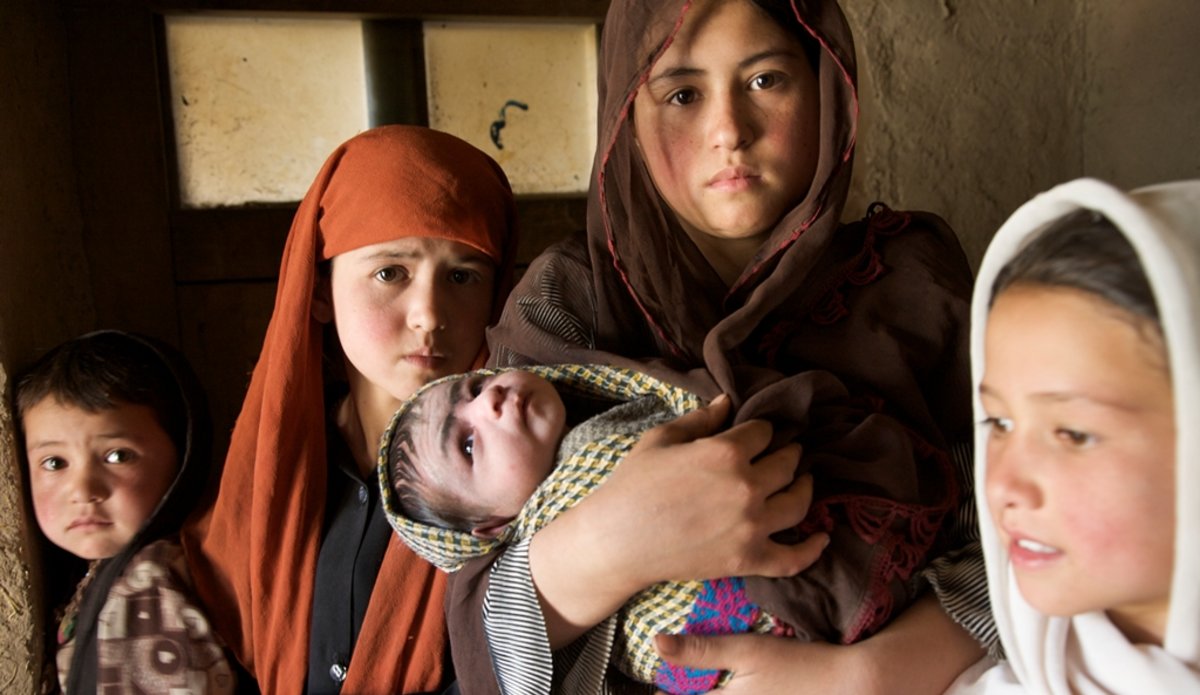New film focuses on child marriage issue
A new animation produced by United Nations Population Fund (UNFPA) will highlight the traumatic experiences of young girls forcefully entered into child marriage.
‘Teacher Malalai’s Adventures: Zarmina’s Early Marriage’ will help demonstrate the health and psychological consequences of children being married and “portray how child marriage denies the rights of a girl,” says Dr. Nigina Abaszada, a gender expert serving with the UNFPA in Kabul.
According to the latest survey by Afghanistan Multiple Indicator Cluster Survey (AMICS) for 2010/2011, a staggering 46 per cent of Afghan girls are married before they are 18 and over 15 per cent before they even turn 15. AMICS says Afghanistan continues to have one of the world’s highest rates of child marriage. In line with the international Convention on the Rights of the Child, the UN recommends that the age of marriage is set at 18 years, with child marriage defined as a formal marriage or informal union before age 18.
Afghanistan’s major television outlets will soon start broadcasting the seven-minute animated film which is produced by UNFPA in cooperation with the UN Assistance Mission in Afghanistan (UNAMA), the UN Children’s Fund (UNICEF), the UN Development Programme (UNDP) and the UN Entity for Gender Equality and the Empowerment of Women (UN Women).
Given the fact that radio is the mass medium best able to reach the biggest number of Afghans a radio version of the film will also be produced for broadcast on a variety of Afghan radio stations.
The film tells the story of the young 14 year old Zarmina who is taken away from school by her father so that she can be married off. The animation portrays Zarmina’s older sister, Soniya – also married to a man while under age – giving birth to a dead baby in the hospital. A doctor tells the father that he has lost his grandchild because Soniya was much too young and physically unable to give birth. Only then does the father realize the harmful consequences of child marriage and decides to drop the idea of having Zarmina marry. The story end when the father sends Zarmina back to school.
“Many issues related to early marriage are inter-connected and we wanted to explain this vicious circle through a simple but concise and comprehensive story of the tragic consequences of child marriage for one family,” Dr. Abaszada said about the film.
According to AMICS which carried out its research through the Central Statistics Organisation with the support from UNICEF, early marriage in Afghanistan is strongly correlated to education, with young uneducated women being more than three times as likely to be married before the age of 18 in comparison to those with secondary or higher education. The results of the same study indicate that only over 22 per cent of Afghan women are able to read and write.
“It is important to remind everyone that early marriage denies a girl of childhood, disrupts her education, and significantly increases the risk for child delivery complications and exposure to domestic violence and abuse,” Dr. Abaszada said.
 UN
UN







